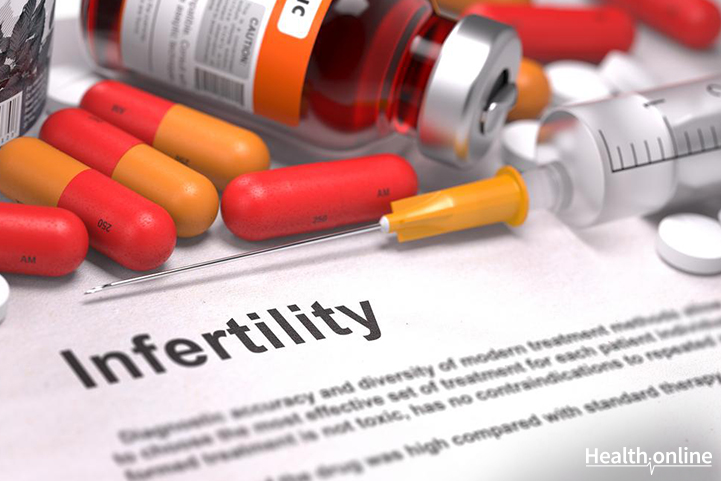
Treatment of Infertility
The treatment of infertility will be based on the underlying cause. If the cause is secondary to hormonal imbalances, then the hormones must be re-balanced before the patient will be able to conceive. Other factors that contribute to the treatment of infertility include how long the patient has been infertile, the age of the patient’s within the couple and the current toxins/environmental influences. In some instances, infertility is permanent and cannot be reversed.
The easiest treatment is to simply change one’s lifestyle. Change the things that can be controlled by one’s self. For example, stopping tobacco and alcohol, returning to a healthier diet and exercising an appropriate amount. Altering your lifestyle will also include understanding and acknowledging when you are ovulating and having intercourse within that window of time. This can help increase the likelihood of becoming pregnant.
For men, there are certain medications that can contribute to the patient’s low sperm count that should be discontinued. There are also medications that can actually increase a man’s sperm count. Those medications can improve testicular function and improve sperm quality and quantity, thus improving the chance of conception.
In women, treatment for infertility secondary to an-ovulation would be to stimulate ovulation. Ovulation can be stimulated by certain medications. These medications induce ovulation and allow for the egg to be released from the ovary and travel down the fallopian tube into the uterus and allow for fertilization by the sperm.
Another treatment is Intrauterine insemination (IUI). IUI is a procedure in which sperms are mechanically placed within the uterus at the time the female patient is scheduled to ovulate. At this point in time, during ovulation, the woman’s egg will be released from the ovary and travel down the fallopian tube into the uterus where there will be sperm already waiting. This can increase the chances of conception.
Surgery has also been a way to address infertility issues. If the infertility is secondary to scarring from prior surgeries, endometriosis, ectopic pregnancies or other medical conditions, then surgery can be very useful in treating the underlying cause. By treating the underlying cause with surgery, the patient’s infertility may be reversed.
If these treatment methods fail, and the patient is unable to still conceive, then there are other alternative therapies that will help the patient have a successful pregnancy. The most common among these methods is known as Assisted Reproductive Technology (ART). Of Assisted Reproductive Technology, the most common technique is In Vitro Fertilization.
During In Vitro Fertilization, both the egg and the sperm are harvested from the participating reproductive-aged couple. Multiple mature eggs are harvested from the female in hopes of at least one of the eggs implanting within the uterus. Each of these eggs is then fertilized with a corresponding sperm. Fertilization between the egg and the sperm occurs in a petri dish. Once fertilization takes place, outside of the body, the fertilized egg (which is now an embryo) is implanted within the uterus. Several embryos may be implanted in the uterus in order to increase the chances that one will turn into a viable pregnancy. This implantation process normally occurs between 3-5 days after fertilization.
The common complications of IVF include multiple pregnancies. This is common because of the multiple embryos implanted within the uterus, in hopes that one will become viable. In some cases multiple embryos implanted will become viable. Sometimes the ovaries can become over stimulated due to fertility medications. The result is painful, swollen ovaries and abdominal pain.




